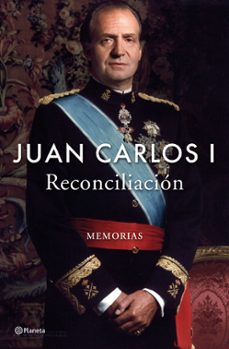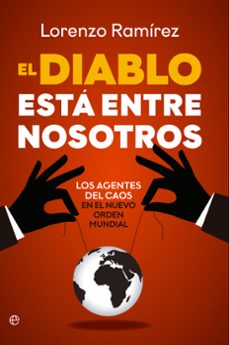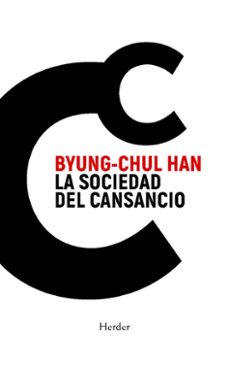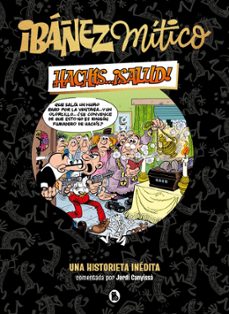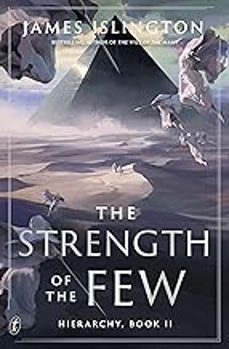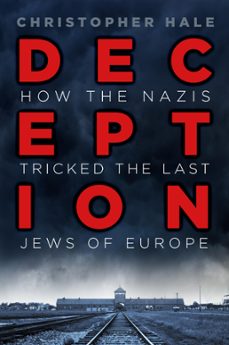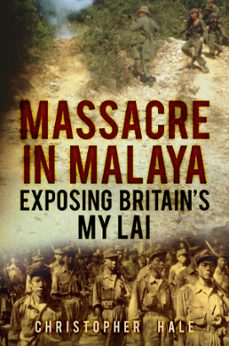Imprescindibles
Más vendidos Libros más leídos eBooks más leídos Todos los libros Todos los libros Autores destacados Series y sagas
Recomendados Libros recomendados Autores destacados Libros que inspiran Vidas con historia LGTBIQ+ English books
Ficción
Literatura Contemporánea Estudios literarios Clásicos Cuentos Poesía Teatro Libros de bolsillo Sagas literarias
Géneros literarios Novela romántica y erótica Novela negra Novela histórica Narrativa fantástica Novela de ciencia ficción Novela de terror Narrativa de humor Narrativa de viajes
No Ficción
Ciencias y tecnología Biología Ciencias Ciencias naturales Divulgación científica Informática Ingeniería Matemáticas Medicina Salud y dietas Formación Idiomas Estilo de vida Libros de Cocina Guías de viaje Narrativa de viajes Deportes Libros de Juegos Manualidades
Humanidades Autoayuda y espiritualidad Ciencias humanas Derecho Economía y Empresa Psicología y Pedagogía Filosofía Sociología Filología Biblioteconomía Estudios filológicos Estudios lingüísticos Estudios literarios Historia y crítica de la Literatura
Infantil
Juvenil
#Jóvenes lectores Narrativa juvenil Clásicos adaptados Libros Wattpad Libros Booktok Libros de influencers Libros de Youtubers Libros Spicy Juveniles Libros LGTBIQ+ Temas sociales Libros ciencia ficción Libros de acción y aventura Cómic y Manga Juvenil Cómic Juvenil Manga Shonen Manga Shojo Autores destacados Jennifer L. Armentrout Eloy Moreno Nerea Llanes Hannah Nicole Maehrer
Libros de fantasía Cozy Fantasy Dark academia Hadas y Fae Romantasy Royal Fantasy Urban Fantasy Vampiros y hombres lobo Otros Misterio y terror Cozy mistery Policiaca Spooky Terror Thriller y suspense Otros
Libros románticos y de amor Dark Romance Clean Romance Cowboy Romance Mafia y amor Romance dramatico Romance dramatico Romcom Sport Romance Otros Clichés Enemies to Lovers Friends to Lovers Hermanastros Slow Burn Fake Dating Triángulo amoroso
Cómic y Manga
Novela gráfica Novela gráfica americana Novela gráfica europea Novela gráfica de otros países Personajes, series y sagas Series y sagas Star Wars Superhéroes Cómics DC Cómics Marvel Cómics otros superhéroes Cómics Valiant
eBooks
Literatura Contemporánea Narrativa fantástica Novela de ciencia ficción Novela de terror Novela histórica Novela negra Novela romántica y erótica Juvenil Más de 13 años Más de 15 años Infantil eBooks infantiles
Humanidades Autoayuda y espiritualidad Ciencias humanas Economía y Empresa Psicología y Pedagogía Filosofía Historia Historia de España Historia Universal Arte Cine Música Historia del arte
Ciencia y tecnología Ciencias naturales Divulgación científica Medicina Salud y dietas Filología Estudios lingüísticos Estudios literarios Historia y crítica de la Literatura Estilo de vida Cocina Guías de viaje Ocio y deportes
Christopher Hale
Recibe novedades de CHRISTOPHER HALE directamente en tu email
Filtros
Del 1 al 6 de 6
BOOKS4POCKET 9788496829312
En 1938, en vísperas de la Segunda Guerra Mundial, una expedición nazi partía de la india británica en una misión auspiciada por el Reichsfürer de las SS, Heinrich Himmler. Su objetivo: descubrir los
Ver más
Tapa blanda
The History Press 9780750992893
I suppose you know who I am? I was in charge of the actions in Germany and Poland and Czechoslovakia. I am prepared to sell you one million Jews: Goods for blood Blood for goods. These were the chilling words uttered by one of the most notorious Nazi bureaucrats, SS Colonel Adolf Eichmann, to a young Jewish businessman called Joel Brand in the spring of 1944. Brand embarked on a desperate mission to persuade the Allies to barter with Eichmann and failed. At the same time, the SS deported hundreds of thousands of Hungarian Jews to Auschwitz-Birkenau packed in cattle trains. The majority were gassed, then incinerated. For decades after 1945, many blamed the Allies for callously abandoning a million Hungarian Jews to their fate. In Deception, Christopher Hale presents a new account of the Brand Mission based on evidence in the national archives of Germany, Hungary, Britain and the United States. Hale reveals that Eichmanns offer formed one part of a monstrous deception designed to outwit the leaders of the last surviving Jewish community in Europe. The deception was more complex and from the German point of view more successful than any operation mounted by the secret services of the Allied governments.
Ver más
eBook
The History Press 9780750951814
The Malayan Emergency (194860) was the longest war waged by British and Commonwealth forces in the twentieth century. Fought against communist guerrillas in the jungles of Malaya, this undeclared war without a name had a powerful and covert influence on American strategy in Vietnam. Many military historians still consider the Emergency an exemplary, even inspiring, counterinsurgency conflict. Massacre in Malaya draws on recently released files from British archives, as well as eyewitness accounts from both the government forces and communist fighters, to challenge this view. It focuses on the notorious Batang Kali Massacre known as Britains My Lai that took place in December, 1948, and reveals that British tactics in Malaya were more ruthless than many historians concede.Counterinsurgency in Malaya, as in Kenya during the same period, depended on massive resettlement programmes and ethnic cleansing, indiscriminate aerial bombing and ruthless exploitation of aboriginal peoples, the Orang Asli. The Emergency was a discriminatory war. In Malaya, the British built a brutal and pervasive security state and bequeathed it to modern Malaysia. The Malayan Emergency was a bitterly fought war that still haunts the present.
Ver más
eBook
INEDITA 9788496364561
En 1938, en vísperas de la Segunda Guerra Mundial, una expedición nazi partía de la india británica en una misión auspiciada por el Reichsfürer de las SS, Heinrich Himmler. Su objetivo: descubrir los
Ver más
Tapa blanda
INEDITA 9788496364790
En 1938, en vísperas de la Segunda Guerra Mundial, una expedición nazi partía de la india británica en una misión auspiciada por el Reichsfürer de las SS, Heinrich Himmler. Su objetivo: descubrir los
Ver más
Tapa blanda
The History Press 9780752463933
In Hitlers Foreign Executioners, Heinrich Himmlers secret master plan for Europe is revealed: an SS empire that would have no place for either the Nazi Party or Adolf Hitler. His astonishingly ambitious plan depended on the recruitment of tens of thousands of Germanic peoples from every corner of Europe, and even parts of Asia, to build an SS Europa. This revised and fully updated book, researched in archives all over Europe and using first-hand testimony, exposes Europes dirty secret: nearly half a million Europeans and more than a million Soviet citizens enlisted in the armed forces of the Third Reich to fight a deadly crusade against a mythic foe, Jewish Bolshevism.Even today, some apologists claim that these foreign SS volunteers were merely soldiers like any other and fought a decent war against Stalins Red Army. Historian Christopher Hale demonstrates conclusively that these surprisingly common views are mistaken. By taking part in Himmlers murderous master plan, these foreign executioners hoped to prove that they were worthy of joining his future SS Europa. But as the Reich collapsed in 1944, Himmlers monstrous scheme led to bitter confrontations with Hitler and to the downfall of the man once known as loyal Heinrich.
Ver más
eBook
Del 1 al 6 de 6


